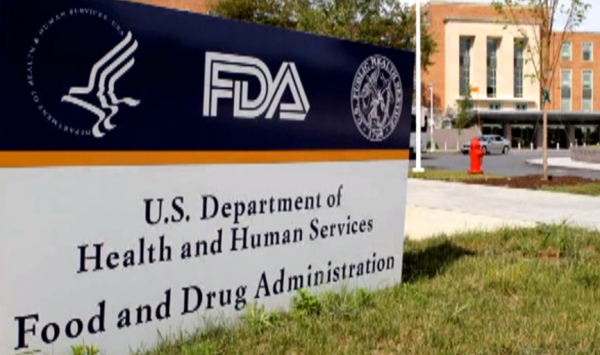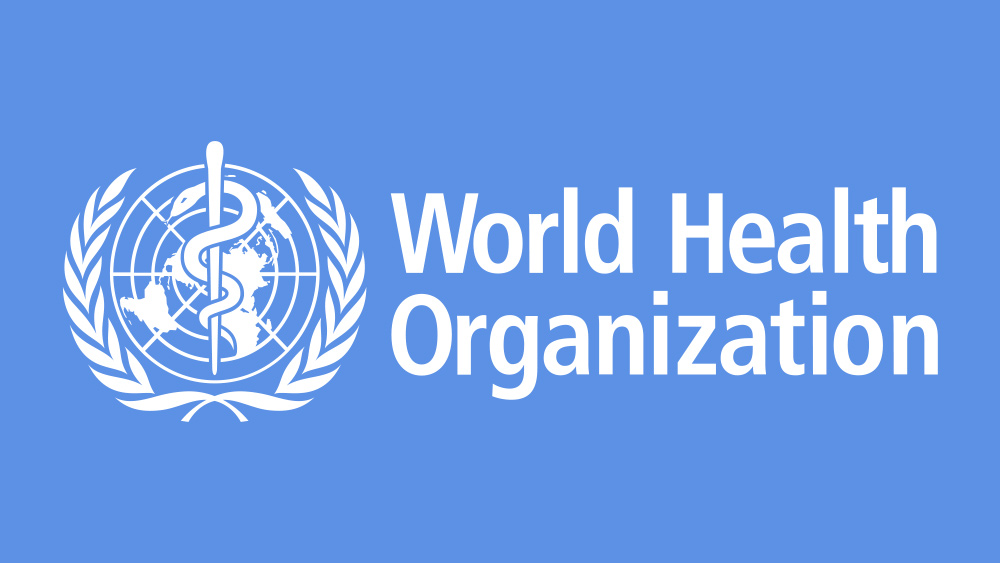FDA's ban on Red Dye No. 3 is a win – but the fight against synthetic dyes continues
By avagrace // 2025-01-21
Tweet
Share
Copy

- The Food and Drug Administration has banned Red Dye No. 3, a synthetic dye linked to cancer in animal studies, from food and ingestible pharmaceuticals.
- Red Dye No. 3 was first banned from certain commercial products due to its cancer-causing properties.
- The ban also follows decades of inaction from the FDA and advocacy from organizations who have called for the banning of all additives that cause cancer in animals or humans.
- Activist groups are now turning their attention to other harmful synthetic dyes that are still widely consumed despite their links to a variety of health risks including allergies, organ damage and cancer.
Advocacy groups turning their attention to other dangerous synthetic dyes inundating food products
Red Dye No. 3 is just the tip of the iceberg. According to the Department of Agriculture, Red Dye No. 40 is the most widely consumed synthetic dye in the U.S., found in over 36,000 food products. Like Red Dye No. 3, Red Dye No. 40 has been linked to hyperactivity in children, allergic reactions and potential carcinogenic effects. Yellow Dyes Nos. 5 and 6, Blue Dyes Nos. 1 and 2 and Green Dye No. 3 are also under scrutiny for their potential health risks, including organ damage, hormonal disruption and behavioral issues. The FDA’s reluctance to address these other dyes is baffling, especially given the growing body of evidence linking them to serious health concerns. For example, Blue Dye No. 2 has been associated with tumors in animal testing, while Yellow Dye No. 5 has been linked to cell damage. Yet, these dyes remain in countless products consumed by millions of Americans every day. Recent legislation passed in California could serve as a template for incoming Secretary of Health and Human Services Robert F. Kennedy Jr. for how to take bold action against synthetic dyes. California’s School Food Safety Act, set to take effect in 2027, bans Red Dye No. 40, Yellow Dyes Nos. 5 and 6, Blue Dyes Nos. 1 and 2 and Green Dye No. 3 from foods served in public schools. This bipartisan effort reflects a growing awareness of the dangers posed by synthetic dyes and a demand for safer, more natural alternatives. If the federal government follows California’s lead, it could mark a turning point in the fight to rid the food supply of harmful additives. Visit CleanFoodWatch.com for more stories like this. Watch this video reporting on the FDA's decision to ban Red Dye No. 3. The video is from the TrendingNews channel on Brighteon.com.More related stories:
FDA announces BAN on use of carcinogenic Red No. 3 on all food products and ingestible drugs. Newsom issues executive order addressing health risks associated with ultra-processed foods and synthetic food dyes. FDA finally takes action on toxic Red Dye No. 3. Sources include: InfoWars.com NBCNews.com CBSNews.com Brighteon.comTweet
Share
Copy
Tagged Under:
toxic ingredients toxins food supply poison artificial colors toxic chemicals banned food safety food science additives carcinogens dangerous progress cancer causes badfood badhealth badcancer food coloring synthetic dyes clean food watch food dye stop eating poison cancer criminals Red Dye No. 3
You Might Also Like
Deep State in disarray: Trump’s funding freeze sows chaos, Democrats vow legal battle
By Willow Tohi // Share
Trump’s border success: A beacon of hope for Europe
By Willow Tohi // Share
Chris Rufo finally reveals abuse liberals unleashed on his wife and young kids…
By News Editors // Share
Selena Gomez cries over ICE raids targeting VIOLENT MIGRANT CRIMINALS
By Ramon Tomey // Share
Recent News
Freeze-dried vs. traditional snacks: Which is better for your family?
By zoeysky // Share
Trump Media, Rumble sue Brazilian judge over censorship of U.S. conservatives
By isabelle // Share











